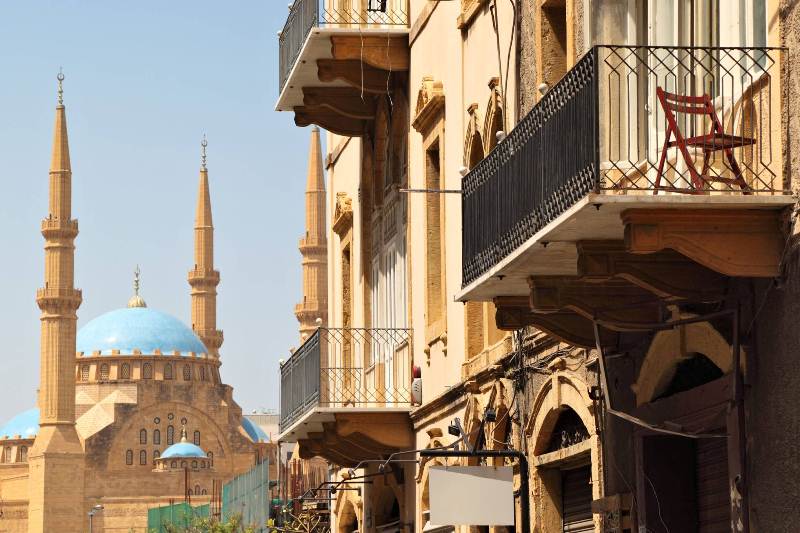The diverse and distinctive architecture of Lebanon embodies the historical, cultural and religious influences that have shaped Lebanon’s built environment. It has been influenced by the Phoenicians, Romans, Byzantines, Umayyads, Crusaders, Mameluke, Ottomans and French. Additionally, Lebanon is home to many examples of modern and contemporary architecture. Architecturally notable structures in Lebanon include ancient thermal and temples, castles, churches, mosques, hotels, museums, government buildings, souks, residences (including palaces) and towers.
Roman architecture:
Baalbek is counted as one of the Roman treasures in Lebanon, and is home to many ancient Roman temples built at the end of the third millennium B.C.
The city was referred to as the city of the sun (Heliopolis) by the Greeks. The temples have faced theft, earthquakes and civil wars and wear. French, German and Lebanese archaeologists rebuilt the temples. In 1984, Baalbek was made a World Heritage Site by UNESCO.[2] They are described as being “the finest example of imperial Roman architecture “The Jupiter temple is six Corinthian columns of the great temple, and it is a 22 meters high column built on a podium. In this Temple, only six columns remain out of the 54 massive columns that originally surrounded the sanctuary. The little temple is found near the Jupiter Temple is known as the Temple of Bacchus and it was built in the second century A.D. Finally, it is considered to be the best-preserved Roman temple of its size.
#lovinglebanon

